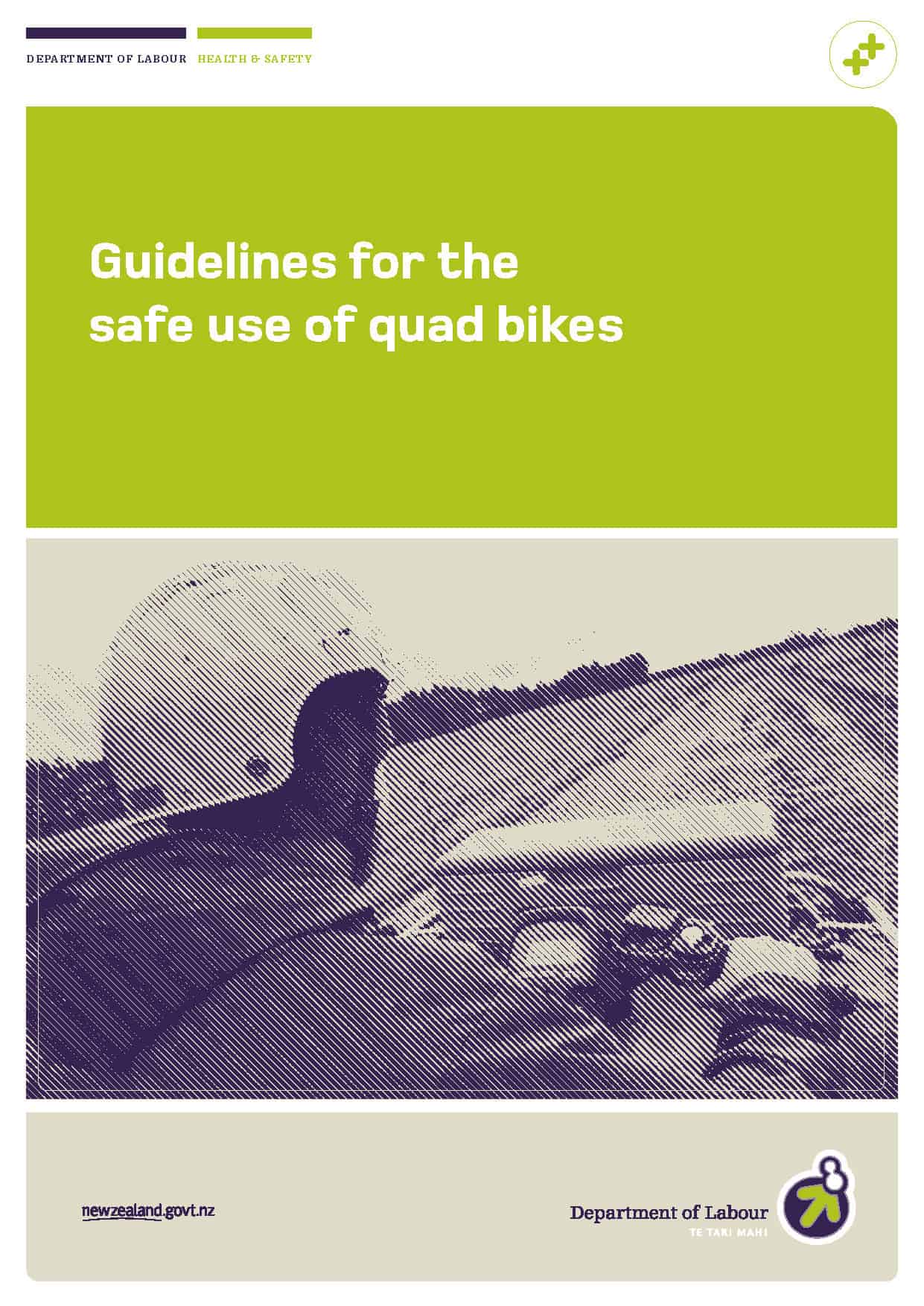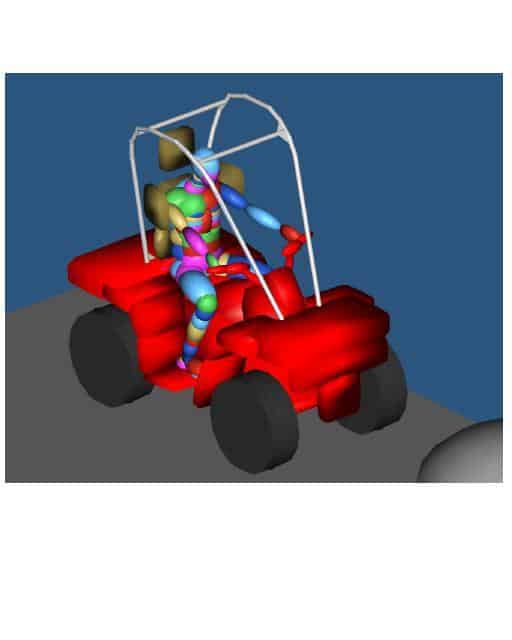Any new OHS guidelines from regulators important to read and consider when implementing safety interventions. New Zealand’s Department of Labour (DoL) has released new guidelines for the use of quad bikes in workplaces, predominantly, farms.
 Quad bike manufacturers are strong advocates of “active riding” techniques as an important safety practice. The new guidelines support this position.
Quad bike manufacturers are strong advocates of “active riding” techniques as an important safety practice. The new guidelines support this position.
Regular readers will be aware that there are engineering controls for rollovers of quad bikes where “active riding” is an administrative control of rollovers. The engineering control is primarily a rollover protective structure (ROPS). The difference between the two control measures is significant as the engineering controls are considered to be a higher order, or more effective, control in the hierarchy of controls advocated by OHS regulators and professionals around the world.
The NZ DoL guidelines make reference to ROPS but only as a text box because the evidence on ROPS remains contentious. Continue reading “NZ releases new guidelines on quad bike safety”

 The iPad, and many other devices, are bound by a
The iPad, and many other devices, are bound by a 

 SafetyAtWorkBlog has been following the discussions about
SafetyAtWorkBlog has been following the discussions about